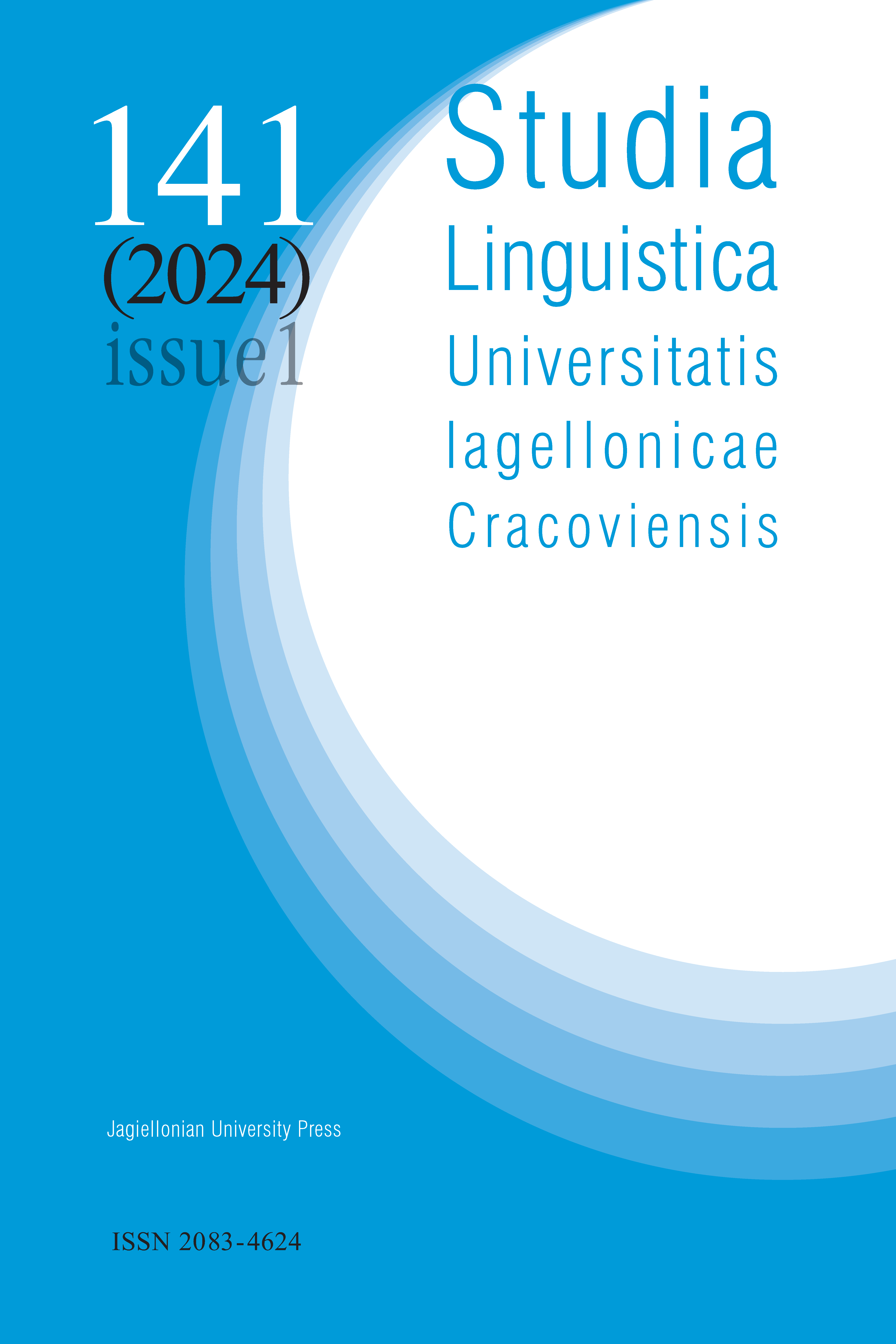Greek as an SAE language: Developing on the micro-orientation perspective
Greek as an SAE language: Developing on the micro-orientation perspective
Author(s): Kateřina Bočková LoudováSubject(s): Language studies, Language and Literature Studies, Applied Linguistics, Stylistics
Published by: Wydawnictwo Uniwersytetu Jagiellońskiego
Keywords: Standard Average European; Greek; areal linguistics; typology; morphosyntactic features
Summary/Abstract: This paper considers the Greek language as a member of the Standard Average European (SAE) linguistic area as defined by Haspelmath (1998, 2001). After a brief presentation of the model, there follows a detailed analysis from this perspective of four selected features in Greek: relative clauses with relative pronouns, the “have”-perfect with a passive par- ticiple, participial passives, and negation. The approach applied focuses on specifics that concern standard and non-standard varieties, not only in the language system itself but also in its diachronic development. The results are then measured using Seiler’s (2019) classification of SAE features, with an eye to enriching the classification both empirically and theoretically.* The paper was written with the support of the project “European Changes and Stability: Ancient Civilizations and Languages in Later European Transformations” (MUNI/A/1208/2022), funded by Masaryk University, Brno, Czech Republic. We thank the anonymous reviewers for their insightful comments and constructive remarks that helped to improve this paper.
Journal: Studia Linguistica Universitatis Iagellonicae Cracoviensis
- Issue Year: 141/2024
- Issue No: 1
- Page Range: 19 - 35
- Page Count: 17
- Language: English

